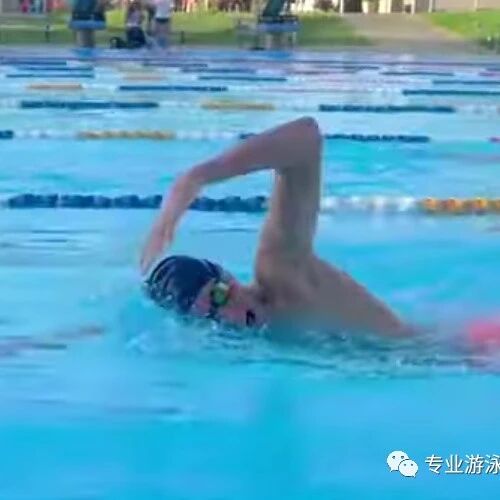One simple trick to fix the elbow-dragging issue in the freestyle pull-through motion
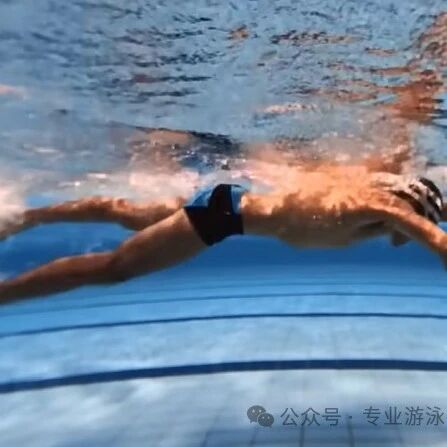
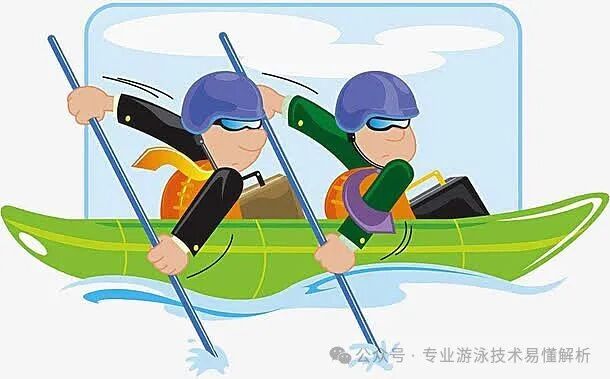
As mentioned in a previous article, the leg movements of a freestyle swimmer mirror those of walking—only the roles of the arms and legs during these motions are reversed. While arm swings naturally help maintain balance while walking, kicking motions in freestyle keep the body buoyant and stable underwater. In walking, it’s primarily the legs that drive forward, whereas in freestyle, it’s the arms that generate most of the propulsion.
You could say that freestyle is essentially a "walking" technique using your arms—just imagine shifting from a standing position to lying face-down, transitioning seamlessly from walking into swimming mode. In this analogy, each step forward with your legs in walking corresponds perfectly to the downward kick you make while swimming, and every arm swing backward during walking mirrors the powerful pull motion of pushing water backward in freestyle.
By analogy, it’s easy to understand that when swimming freestyle and pulling with your arm on one side, your leg on the same side should kick downward in coordination—just as when you walk, your arm swings backward while your leg moves forward; otherwise, you’d end up with the awkward "same-hand-same-foot" motion.
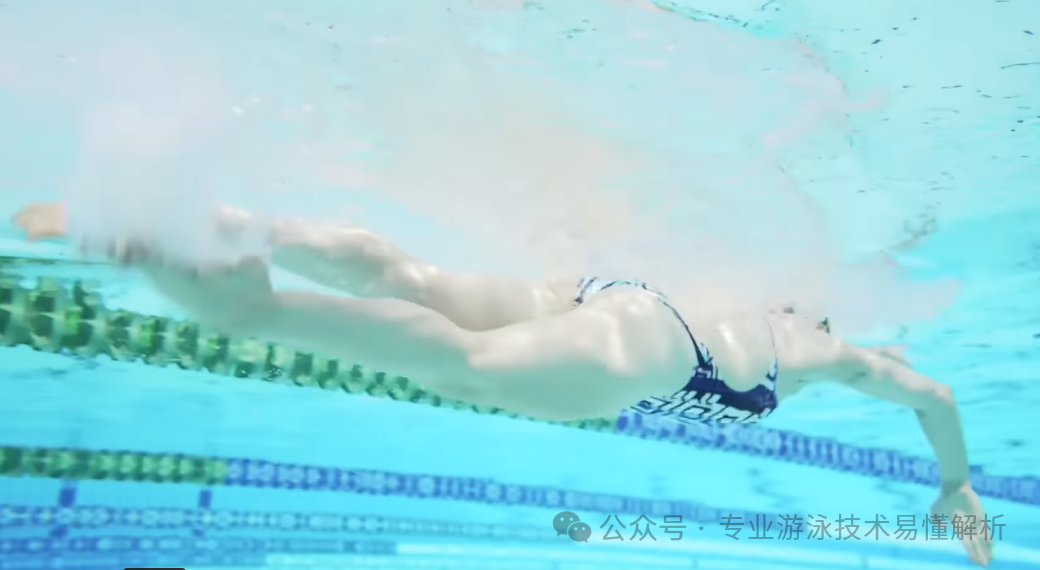
Online discussions about whether to focus on the arm stroke or the leg kick first are buzzing—second only to the age-old debate over "same-hand, same-foot" technique. But if we draw an analogy to walking: When you walk, do you lift your foot first—or swing your arms simultaneously? The answer is simple—your foot moves forward first, while your arms naturally follow along. Similarly, in freestyle swimming, the arm stroke happens before anything else. As the arm pulls through the water, it naturally triggers a shoulder rotation, which then smoothly transitions into hip rotation. Finally, that hip movement effortlessly initiates the leg kick—just as you don’t have to consciously swing your arms while walking.
The pull-through motion is the primary source of propulsion in freestyle swimming. At its core, the issue with elbow drag stems from insufficient arm strength—more precisely, the arms aren’t strong enough to generate the speed required for an effective pull-through. Fortunately, there are two correct solutions: either slow down the pull-through speed, or build up the strength of your arm muscles.
However, muscle strength can’t improve overnight, and my swimming partner wasn’t willing to sacrifice swimming speed—so they instinctively started “dragging the elbow.” This natural reaction happens because dragging the elbow directly reduces the effective length of the pushing arm. By shortening the arm, they manage to minimize water resistance during the stroke, thereby easing the demand on the pushing force.
We often compare the arm moving through the water to a boat paddle—now imagine: if the paddle were shorter, wouldn’t it significantly reduce the effort needed to row? At its core, dragging your elbow is simply laziness kicking in.
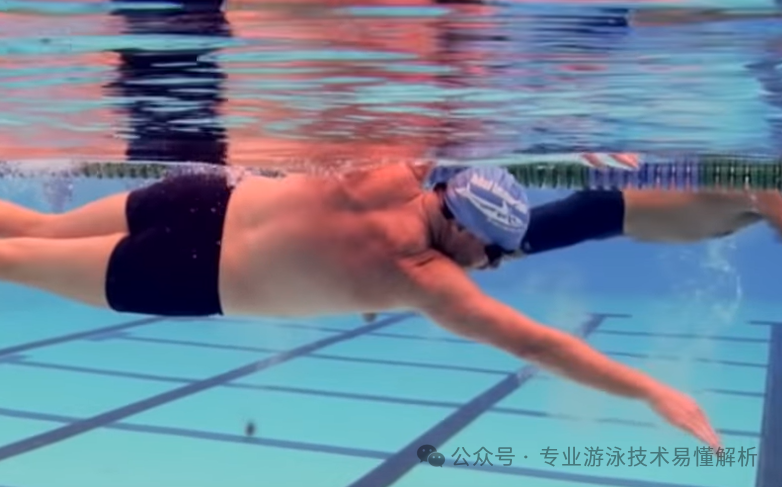
2. Two Key Points of the Paddling Motion
When paddling, there are two key points: the power point and the support point. The power point exerts force precisely because of the stability provided by the support point—meaning, if the support point isn’t secure, even the strongest effort will fall far short of its intended effect. As Archimedes famously said, give him a lever long enough and a fulcrum strong enough, and he could move the Earth. This perfectly illustrates how critical the support point is to any effective movement. Of course, the lever itself must also be sturdy; otherwise, forcing it with brute strength will only end up snapping the paddle.
Returning to the freestyle pull-through motion, the point of force generation lies in the shoulder and back muscles, while the elbow joint serves as the supporting pivot. During the push phase, the elbow should maintain a unified connection between the upper and lower arms—this is crucial for preventing the common issue of "dragging the elbow." Some swimmers mistakenly treat the elbow as the primary source of power, while relying on the shoulder joint as the support point. This misalignment inevitably leads to shoulder injuries and can even strain the entire shoulder and back muscle group. Similarly, when rowing a boat, the true point of support isn’t in the arms—but rather in the body itself, which remains relatively stable seated or standing firmly on the boat. If you’re not properly grounded on the boat—whether standing or sitting—you’ll struggle to effectively transfer your rowing power into forward motion.
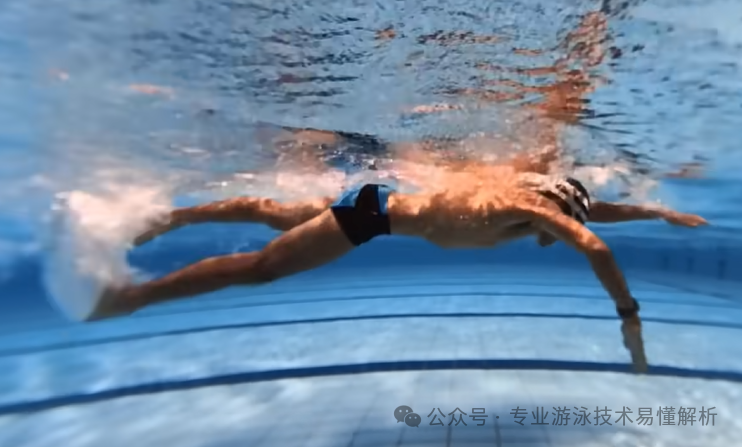
The "elbow drag" issue is relatively difficult to resolve, primarily because it stems from the body's natural, instinctive reactions. When learning freestyle swimming, don’t get overly fixated on elbow drag—most swimmers experience some degree of it at one point or another as they go along. Fortunately, there are two effective solutions: First, slow down your stroke rate initially to establish proper technique, then gradually work toward increasing speed. Alternatively, you can use internal rotation of your arm to help stabilize the elbow joint, ensuring a consistent angle between your upper and lower arms. By doing so, you’ll naturally become more aware of the resistance during your stroke, allowing you to adjust your pulling power accordingly.
As mentioned earlier, when you're so exhausted that you can barely move, your legs and feet tend to drag along the ground. Similarly, when you’re struggling to swim, your arms naturally start to "drag" at the elbows. The key to resolving this elbow-dragging issue lies in clearly identifying the root cause—don’t deliberately drag your elbows while swimming when you still have plenty of energy, as that’s akin to consciously dragging your legs and feet while walking—it just doesn’t look natural or efficient.
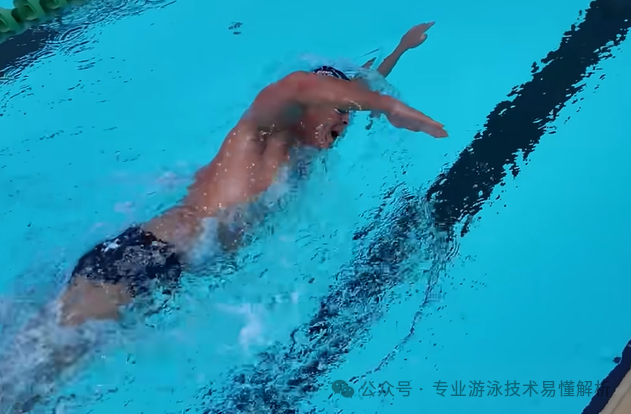
Related Articles
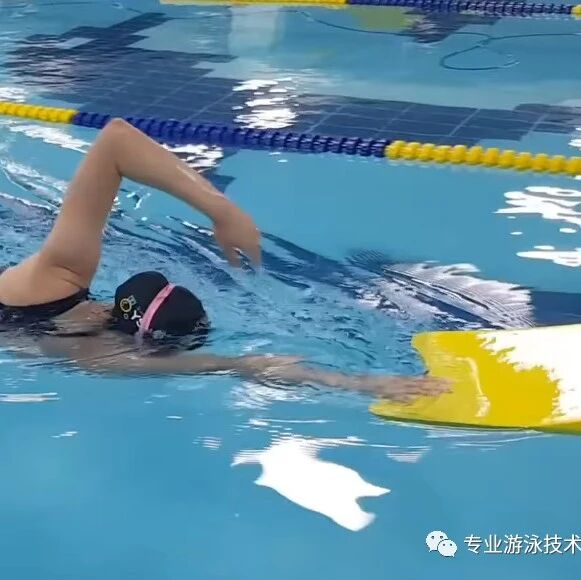
Swimming not only benefits physical health but also enriches one’s understanding of life.
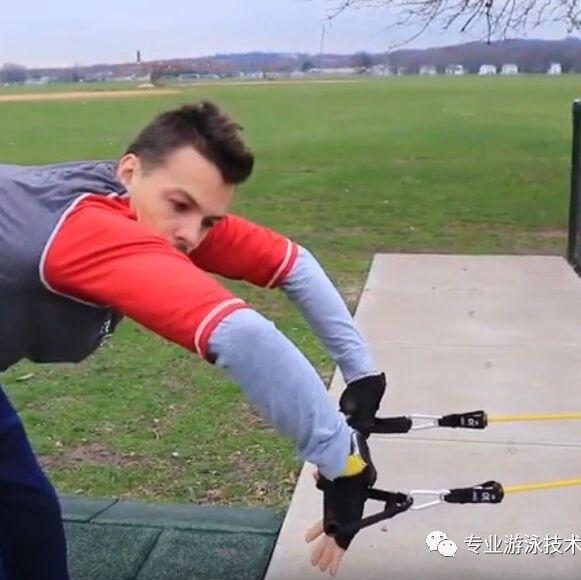
How can you improve your swimming skills without leaving home? Try indoor land-based exercises!
